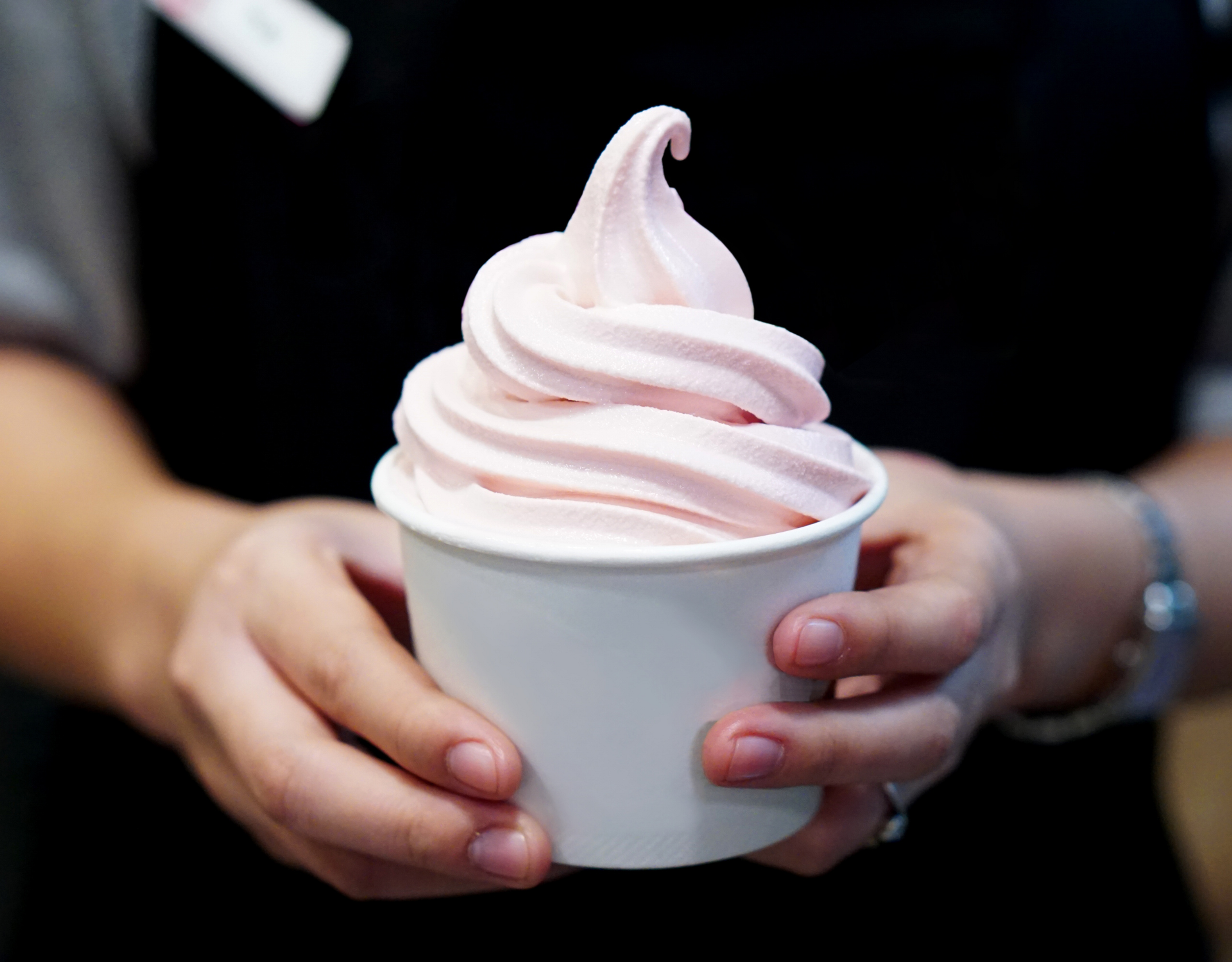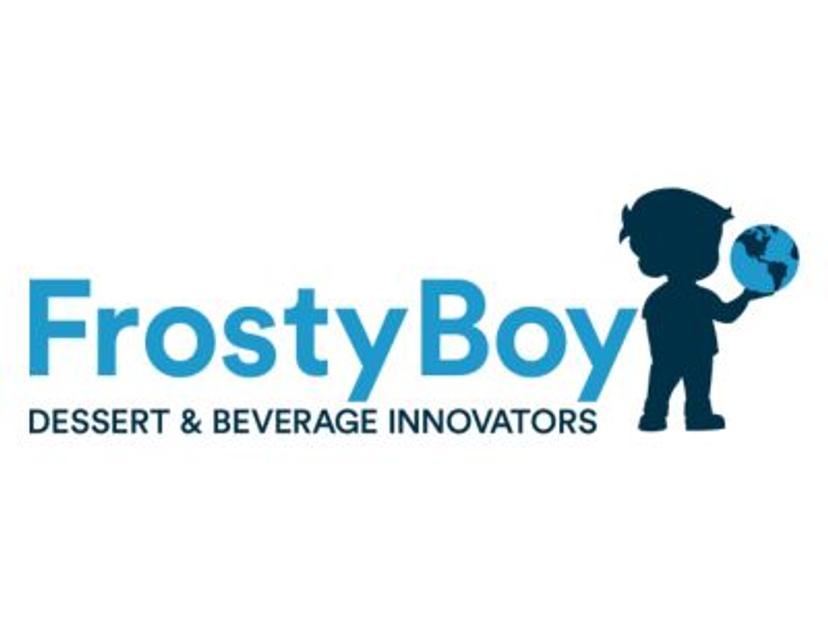Abstract
Frosty Boy Australia, established in 1976, is a leading manufacturer and supplier of dessert, beverage, savoury and wellness powder-based products. The company, with its facility in Yatala, Gold Coast, manufactures the equivalent of serving 1. 7 million people every day and exports to over 65 countries, with over 75 percent of its sales attributed to exports. Frosty Boy supplies to leading brands with end-to-end solutions.
The flagship product remains its Classic Vanilla soft serve ice cream, however, its versatile powder bases create a range of products including frozen yoghurt, frappes, smoothies, hot drinks, slushies and more. It adapts and evolves products according to consumer trends and client needs and this includes adapting to the worldwide trend for beverages through launching the 'Art of Blend' range. The range features nine distinctive, easy to use and versatile powdered blends for cafe and restaurant chains to create a variety of beverages to excite customers while enhancing profitability. With clients including 7 of the world's most favourite brands in quick service restaurants (QSR), including leading retail outlets, cafes and small businesses and wellness, Frosty Boy's core capabilities include providing innovative solutions combined with market understanding, quality, and advanced manufacturing. This case study shares Frosty Boy's India growth story and key learnings.
Introduction
Recognised in the inaugural Australian Financial Review Fast Global list of companies, Frosty Boy is serving over 1.7 million customers every day, supplying across 65 countries and available in thousands of outlets across the globe.
Success for this leading manufacturer and supplier of powder-based products such as dessert, beverage, savoury, bakery, and wellness, is led by its continued investment in state-of-the-art systems, developing solid trusted client relationships and delivered in partnerships with some of the world's largest brands. It thrives on creation and collaboration.
The customer list includes seven out of the top 10 global fast-food chains, as well as a host of smaller outlets including cafes and convenience stores.
"Frosty Boy started with its Soft Serve desserts, but quickly saw the growth opportunities in beverages such as frappes and smoothies and a range of other products. Its revenues grew by 40 percent in FY23 in Australia. Internationally, the story is equally as strong with beverage growth alone forecast to increase approximately 33 percent in international markets in FY24." - Australian Financial Review, June 2023
Frosty Boy's powder-only product range has some practical and environmental selling points that differentiates it from other products and has made it more attractive to exporting. It takes up less space than liquid alternatives, costs less to transport, does not need to be distributed through a cold chain and as a result has a smaller carbon footprint.
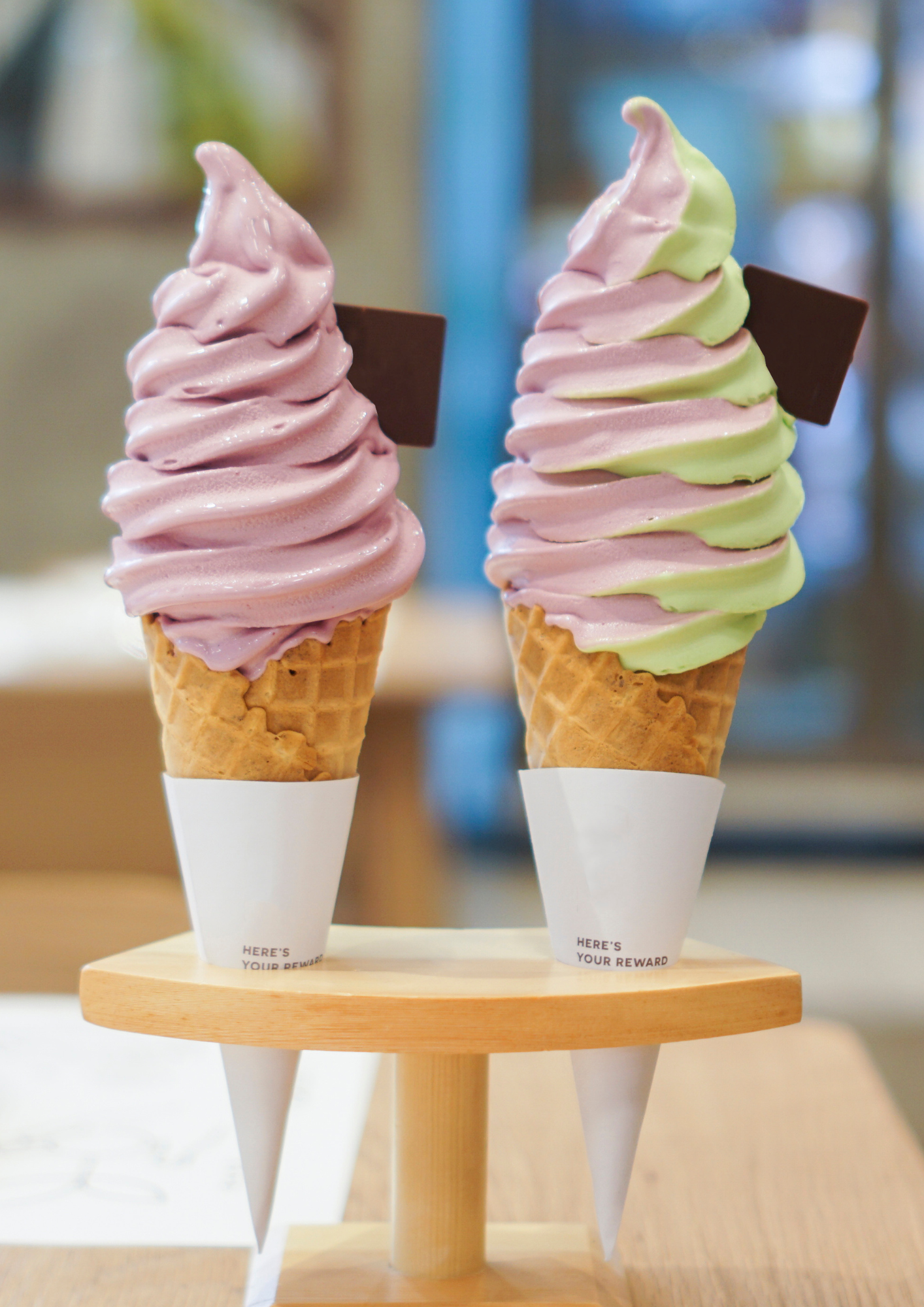
India Strategy
Frosty Boy strengthened its international markets opening a dedicated office in India in 2013.
“We chose India because of the size of the market and the growing middle class, which is a big market for our product range. India is also a market where they love their dairy products, they love their sweet flavour profiles, so it was a good fit with our product range. We didn't pick a specific state to go into. Our aim was always to deal with a customer base (like QSR’s) that had good penetration throughout the country.” – Dirk Pretorius, Managing Director, Frosty Boy
Frosty Boy’s business model was, to first understand the market. Their appointed staff did the thorough in-market research to identify their right strategy and realised that they needed to form a wholly owned subsidiary in India. To drive a well-informed strategy and setting up the company, they brought external support through a ‘Big 4’ accounting firm.
“Our first sales office was in Hyderabad which later moved to Delhi. We expanded and set up R&D and manufacturing in South India.”
Frosty Boy focused on gathering elaborate local intelligence, and utilised professionals to formulate strategy based on gathered data and market information. They also received support from Austrade and Trade Investment Queensland (TIQ), liaising with their local offices to source additional data and market information.
“When we look back from where we are today to where we started, our initial strategy that we put together has changed completely. Our first strategy was one of importing products into India and then selling it into the market through a distribution model. We have now evolved to a point where we have a full manufacturing facility in India, and we also do all the R&D and development work in India.”
“Reviewing our changes that we have been through, we believe that we are now at a point in time of our ‘best possible strategy’ - we utilise local raw materials, local ingredients, and still include some of our proprietary ingredients and ‘know how’ from Australia.”
“We see India as a huge growth market and the only way to convince internal stakeholders was through data. The key was to look forward, review the data and then making sure by testing the strategy in market.”
For Frosty Boy, their deep market research and understanding was their biggest strength. They wanted to make sure that their products and price points would work in India. Their strategy always remained agile and adaptable. The ‘on the ground’ experience and data, continues to be Frosty Boy’s secret ingredient of success.
“When we entered the market, we remained committed to learning and adjusting along the way to come up with a strategy we knew would work.”
“There's no ‘magic solution’ in working into entering a market like India. We may have opted to commence manufacturing earlier in India; however, this is unlikely as we got to this point based on our learnings along the way and the increase in sales volume.”
“We spent a lot of time in market, traveling and visiting face-to-face and talking directly to customers, working out what was the best way to enter the market.
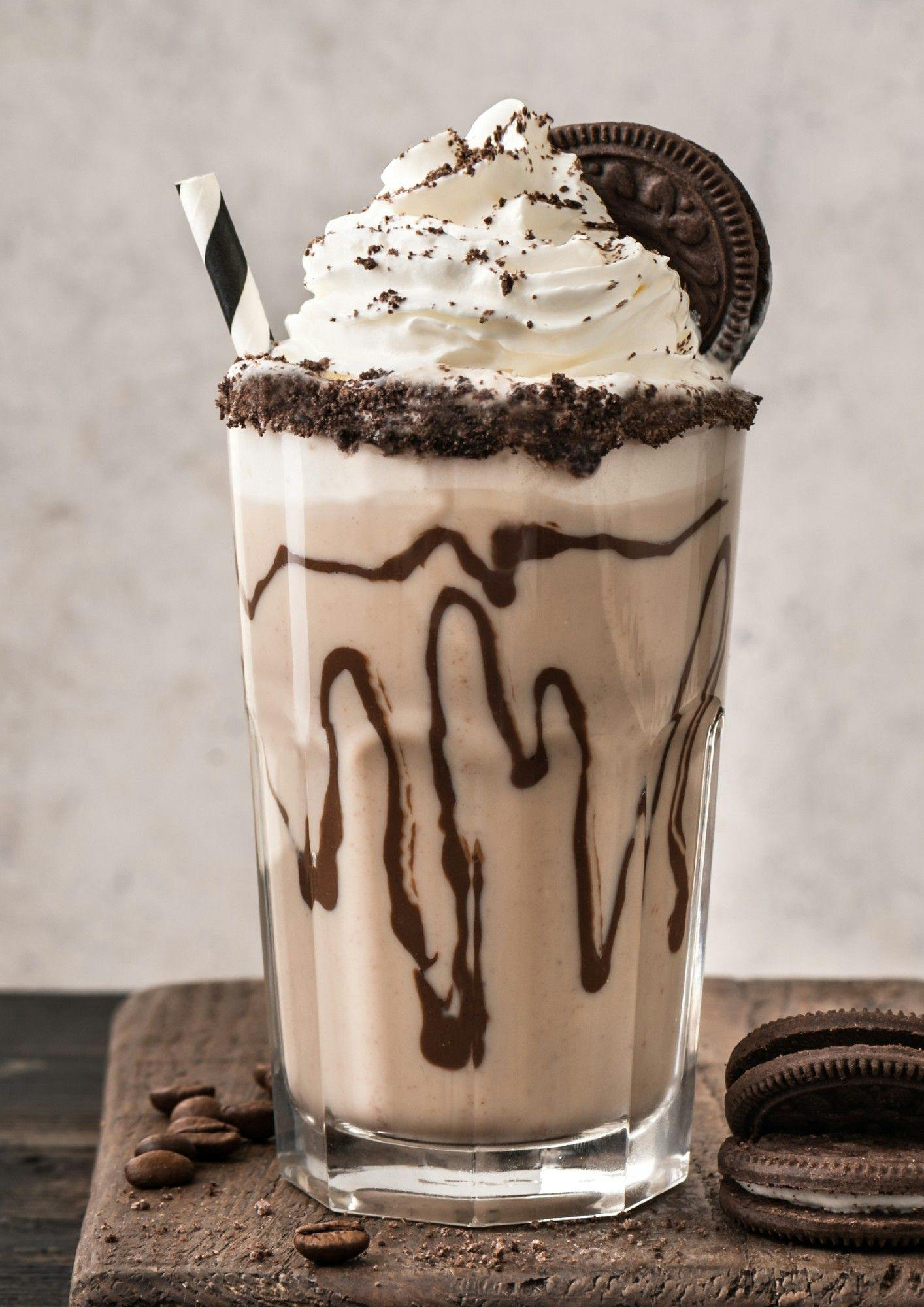
A key learning for us was that your business model is not something that you determine and finalise upfront and then that remains your business model. It's about constantly adjusting all the time, as you learn and access more information.”
The frozen dessert maker melted the icy Indian market, by inking a deal with one of India's largest coffee chains, to consolidate its presence in the Indian food industry. Frosty Boys' formulated milkshake blend is used to serve milkshake lovers across the globe.
The team at Frosty Boy also acknowledges that their India journey hasn’t been easy, considering the challenges of import duties, which can be up to 50 percent, a very different business culture, and a dairy sector that’s very protective.
The key to addressing these challenges, was taking time to understand India’s QSR industry, and how their products could best be complemented. Their ‘closer to customer’ approach continues to support their high growth strategy for the future. Global exposure across markets and product categories has fed Frosty Boy’s innovation, making them understand the relevance of innovation, and pivot business accordingly.
The company recorded more than 200 percent growth over the last two years in India, with an additional 30 percent growth projected for the FY24 year.
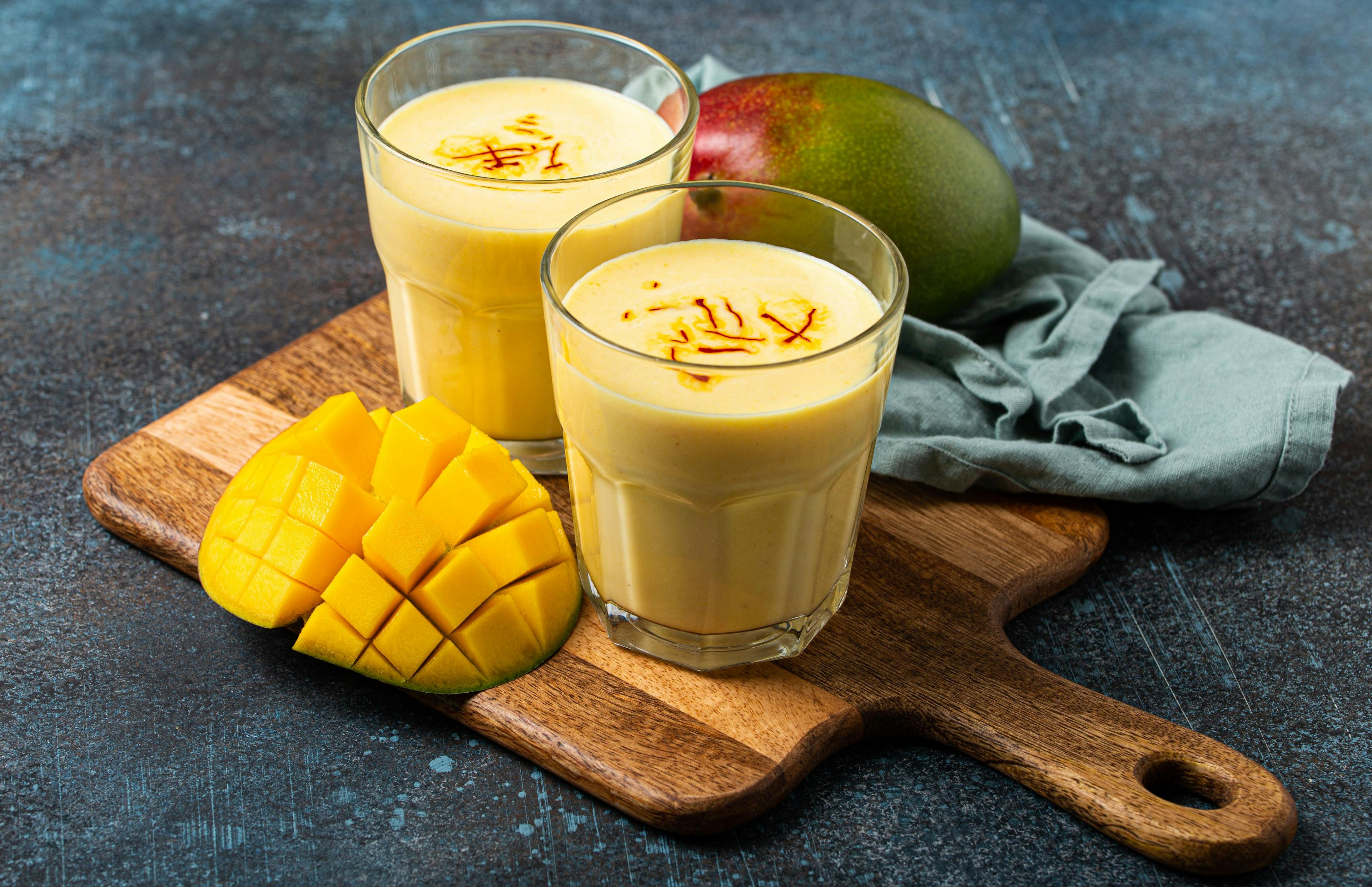

Seeing The Future
“India can be seen almost as many countries in one, hence it is important to understand consumer demands in the different regions. It is a low price point market, that demands high quality.”
“India is also a market that has a very specific taste and flavour ‘drive’, you must make sure you understand what the market requirements are in relation to this.”
To cope with import duties, Frosty Boy decided to manufacture locally while maintaining control of product quality and intellectual property. Growing demand for natural and traditional flavoured ice cream, coupled with increasing penetration of international brands, improvement in cold chain infrastructure and rapid urbanisation is driving India’s ice cream market which has been forecast to achieve a compound annual growth rate of 17 percent, as per industry reports.
Embracing cultural differences, exercising mutual respect, and treating customers like business partners can go a long way in establishing yourself as a successful entity in India. Frosty Boy was quick in assessing the cultural differences in food preferences, and had created several new flavours to suit their new customers and the taste of the new market
"We now produce over 150 different vanilla ice-creams because each market is so unique."
Timely innovation is another key feature. Frosty Boy was quick to note that business is not going to be the same after COVID. One of the company's challenges were extending the short post-sale life of its soft-serve ice creams. They discovered a way to extend the meltdown life of its iconic soft-serve ice-creams, so they hold their shape to enable further convenience opportunities such as delivery. This product innovation helped preserve sales by expanding the network for home delivery of soft serve and thick shakes during the COVID-19 pandemic. The company's strategy was about continuing to look and focus forward to 'bounce forwards and not backwards' so to speak.
"Frosty Boy is constantly working on new ideas, new products and new ways of delivery that can better the range of products that it comes up with."
Planning Ahead
'Brand Australia' has contributed significantly towards Frosty Boy's winning a bigger scoop of the international markets.
Key takeaways from this case study includes -
- Thorough market research should drive your strategy
- Identify trustworthy reliable partnerships
- Strategy is not a fixed document, it is agile and adaptable
- Know your customers, the region, and their tastes well
- Innovation is integral to your differentiation strategy
- Price and quality, both must be well-aligned
- The trend towards a wider offering and customisation is gaining popularity among QSR operators
- Embrace cultural differences.
Opportunities and human capital make India an attractive market, however your export success will depend on how well you know your product, customer, and market.
